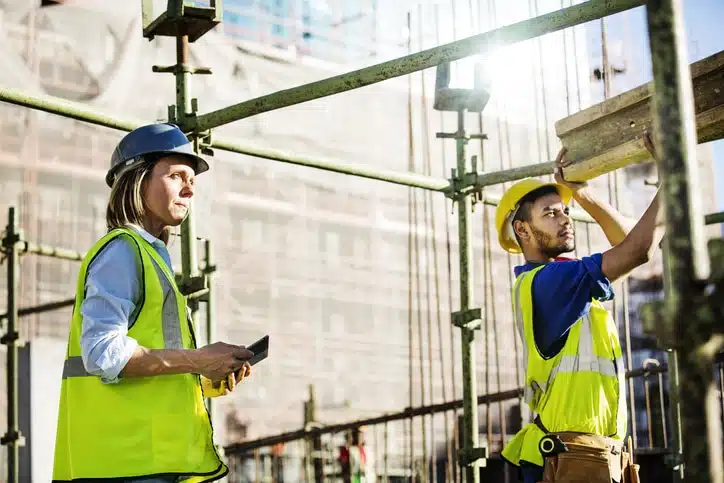The Crypto Renaissance – Rediscovering the Principles of Decentralization and Freedom
In recent years, a profound shift has been underway in the realm of finance and technology the emergence of cryptocurrencies has sparked what can only be described as a crypto renaissance. This renaissance is not merely about the rise of digital currencies but signifies a larger movement towards decentralization and the reclamation of individual freedoms. At the heart of this renaissance lies the revolutionary concept of decentralization. Traditional financial systems are centralized, controlled by governments and financial institutions, often leaving individuals at the mercy of bureaucratic red tape and arbitrary regulations. Cryptocurrencies, on the other hand, operate on decentralized networks, where transactions are peer-to-peer and consensus is reached collectively by participants in the network. This decentralized model not only removes the need for intermediaries but also empowers individuals by giving them direct control over their finances. Moreover, cryptocurrencies embody the principles of freedom and autonomy. In a world where financial censorship and surveillance are increasingly prevalent, the anonymity and pseudonymity offered by cryptocurrencies provide a refuge for those seeking to protect their privacy and evade oppressive regimes.

By decentralizing control and placing power back into the hands of the people, cryptocurrencies offer a pathway towards financial sovereignty and individual empowerment. The crypto renaissance is also characterized by a vibrant culture of innovation and experimentation. Blockchain technology, the underlying technology behind cryptocurrencies, has opened up a world of possibilities beyond just digital currencies. Smart contracts, decentralized finance DeFi platforms, and non-fungible tokens NFTs are just a few examples of the groundbreaking applications being developed within the crypto space. These innovations have the potential to revolutionize not only finance but also various other industries, from healthcare to supply chain management. Furthermore, the crypto renaissance is fostering a sense of community and collaboration among like-minded individuals. Online forums, social media groups, and decentralized autonomous organizations DAOs have become hubs for discussion, education, and collective action within the crypto community. Through these platforms, individuals are able to share knowledge, collaborate on projects, and collectively advocate for the principles of decentralization and freedom.
However, the crypto renaissance is not without its challenges. Regulatory uncertainty, technological barriers, and security concerns are just a few of the obstacles that must be overcome for cryptocurrencies to reach their full potential. Moreover, the rapid pace of innovation within the crypto space means that standards and best practices are still evolving, leaving room for scams and fraudulent schemes to proliferate. Nevertheless, the momentum behind the crypto renaissance shows no signs of slowing down. As more individuals and institutions recognize the transformative potential of free crypto airdrops and blockchain technology, adoption continues to grow at a rapid pace. Governments and regulators are also beginning to take notice, albeit with varying degrees of enthusiasm and apprehension. The crypto renaissance represents a paradigm shift towards decentralization, freedom, and innovation in finance and technology. By embracing the principles of decentralization, individuals are reclaiming control over their finances and asserting their right to privacy and autonomy. As the crypto movement continues to gain momentum, it has the potential to reshape not only the financial landscape but also society as a whole, ushering in a new era of empowerment and possibility.


